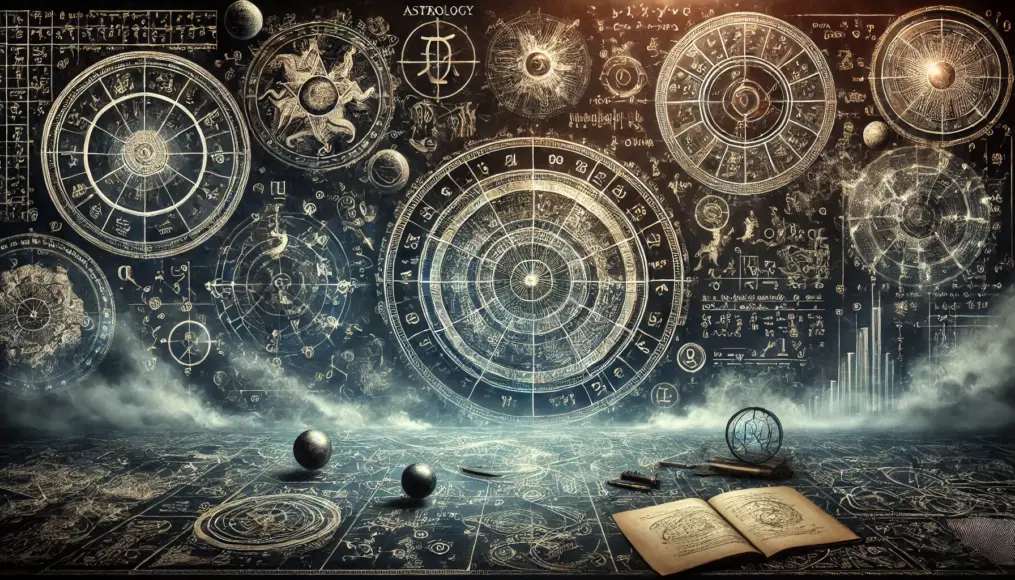The approach of 1999 brought widespread unease due to Nostradamus’s “Great Prophecy” foretelling an apocalyptic event.
This prediction that the world would end sparked social phenomena, with some people believing in it and others doubting.
In this article, we delve into the contents of Nostradamus’s prophecy, its background, and its impact on society.
Who Was Nostradamus? Understanding the Meaning of His Prophecies

Nostradamus (1503–1566) was a French physician and astrologer who published a book of prophetic poems titled “The Prophecies.”
Among these, his quatrain referring to “July 1999” was widely interpreted as a prediction of the world’s end, sparking numerous debates and spreading fear.
- “July 1999”, with phrases like “the great King of Terror shall descend from the skies,” brought anxiety worldwide, partly due to the uncertainty of the time.
- The ambiguous wording allowed for broad interpretations and various translations, leading to speculation.
- Lasting influence—this prophecy went beyond a mere prediction, leaving a lasting psychological impact.
The Social Impact of the “Great Prophecy of 1999”

When the prophecy was first shared, reactions varied widely across the globe.
The influence of the prophecy left deep and widespread marks on society.
- Psychological Impact
Fear and anxiety led many to seek comfort through religious faith or new spiritual movements.
This strong sense of “impending doom” led people to reflect on life and their actions. - Media Amplification
Television and magazines gave considerable attention to the prophecy, often sensationalizing it.
Special features and programs dedicated to the prophecy further amplified the public’s fears. - Economic Effects
Apocalyptic beliefs shifted some people’s spending and investment habits.
The demand for essentials and non-perishables surged, leading to short-term economic impacts.
The Intersection of Science and Astrology in Nostradamus’s Prophecy

Nostradamus was not only a physician but also an astrologer, and his prophecies combined elements of science and astrology.
Over time, many have tried to interpret his work, crossing disciplines in the process.
- Astrological Influence
During Nostradamus’s time, astrology was as respected as science, with celestial events deeply affecting interpretations of his prophecies.
The alignment of stars and planets played a significant role in interpreting his predictions. - Scientific Interpretations
As time passed, some researchers sought to interpret Nostradamus’s work scientifically.
Analysts examined the prophecy through statistical and psychological lenses, studying its social impact. - Doubts About Credibility
The vagueness of the prophecies and their potential for diverse interpretations have raised questions about their credibility.
Yet, Nostradamus’s predictions continue to influence people around the world.
Did Nostradamus’s Prophecies Really Come True?

When 1999 came and went, most people didn’t believe the prophecy would come true, but its effects lingered nonetheless.
The “Great Prophecy of 1999” instilled fear that left a lasting mark on the human psyche.
- Unfulfilled Prophecy
Since the world did not end, many dismissed Nostradamus’s prophecy as inaccurate.
However, interest in future predictions and prophecies remains strong. - New Interpretations
While some dismissed the prophecy, others argued it held hidden meanings that weren’t fully understood.
This shift in interpretation has sustained the prophecy’s influence over the years. - Significance of the Prophecy
Beyond accuracy, Nostradamus’s prophecy made people think more deeply about the future.
It triggered both fear and curiosity about the unknown.
Summary
- Nostradamus’s prophecy suggested the end in 1999, spreading fear globally
- Media attention expanded its impact, affecting behavior and the economy
- Though the prophecy did not come true, interest in future predictions and prophecy persists
- The prophecy’s lasting influence lies in the depth of its impact on the human mind
Nostradamus’s “Great Prophecy of 1999” left a deep imprint on people’s minds, far beyond its original intent.
Regardless of accuracy, it stands as a reminder of humanity’s fascination and unease with the future.
It continues to prompt reflection on the unknown possibilities that await.




Comment